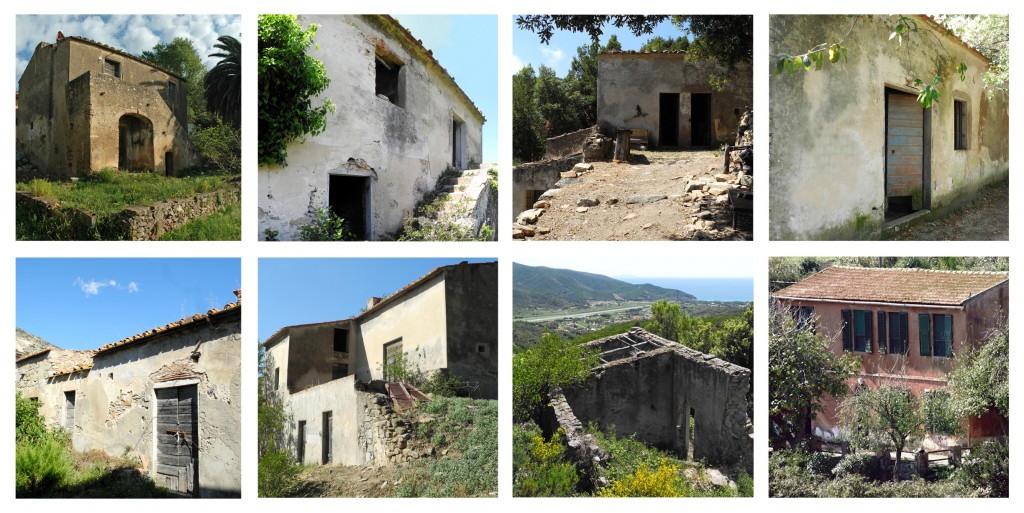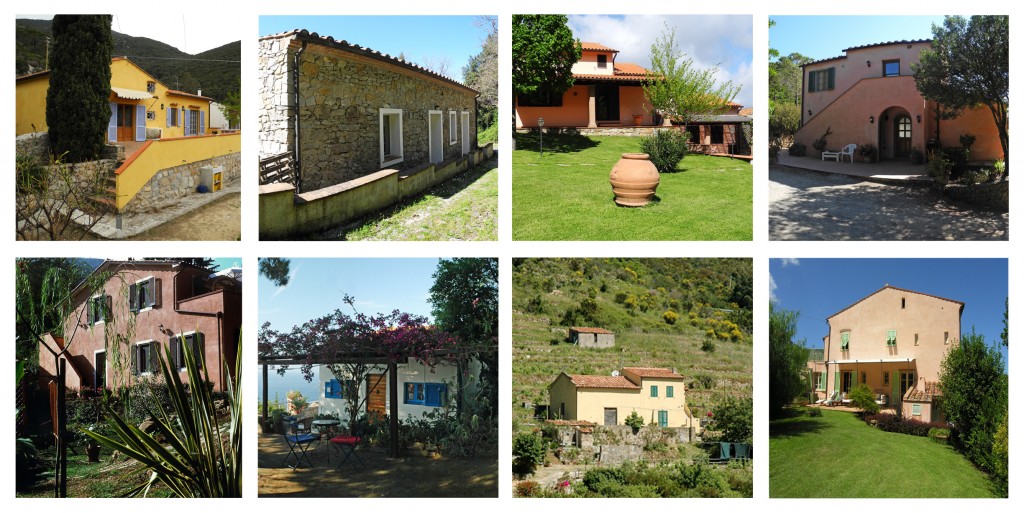Ruins on the Island of Elba, what they look like and what they can become

In some cases, my work leads me along trails and dirt roads, which are now trodden by Trekkers and not by farmers with their donkeys anymore, and I observe the old storehouses with new appreciation.
Lost in my imagination, I step back in time. I recall that, as a child, exploring these storehouses was one of my most exciting games. Around them you can still notice the remains of a simple but assuredly rich life enhanced by flowers, including “giaggioli” (iris) as my grandmother called them, scents and medicinal plants that have now grown wild.
Sites that are fascinating for some, so nostalgically far from the current trend of life though, of late, people are returning to the land and old traditions. Perhaps we had drifted too far away.
I find it thrilling to enter these buildings and find the work tools, ovens, “palmenti” (fermentation tanks for trodden grapes) and fireplaces that were abandoned by the development of tourism about 30 or 40 years ago.
Paradoxically, “my Island” was less green in those days, with bare hills only adorned by terraced vineyards.
Today it is all shrouded in vegetation, and I understand that it is hard to imagine what these places might become.
Already in the 1960s, impressed by the typical buildings and breathtaking views, the first tourists, who were mostly foreigners or artists, purchased these structures to convert them into “holiday homes.”
Some were completely transformed, but in others one can still discern the old architectural features, roofs with chestnut beams and rafters, stone walls and, in some cases, even “palmenti” (tanks where trodden grapes were left to ferment for a few days) have been preserved, with kitchens created inside them.
But pictures are unquestionably more impressive than words…






